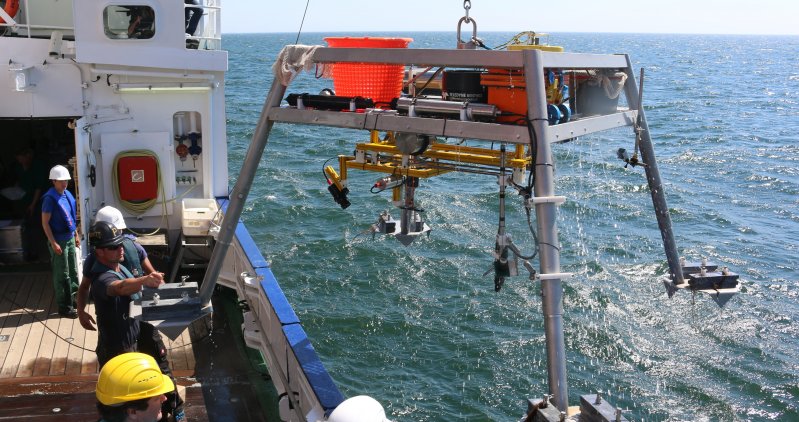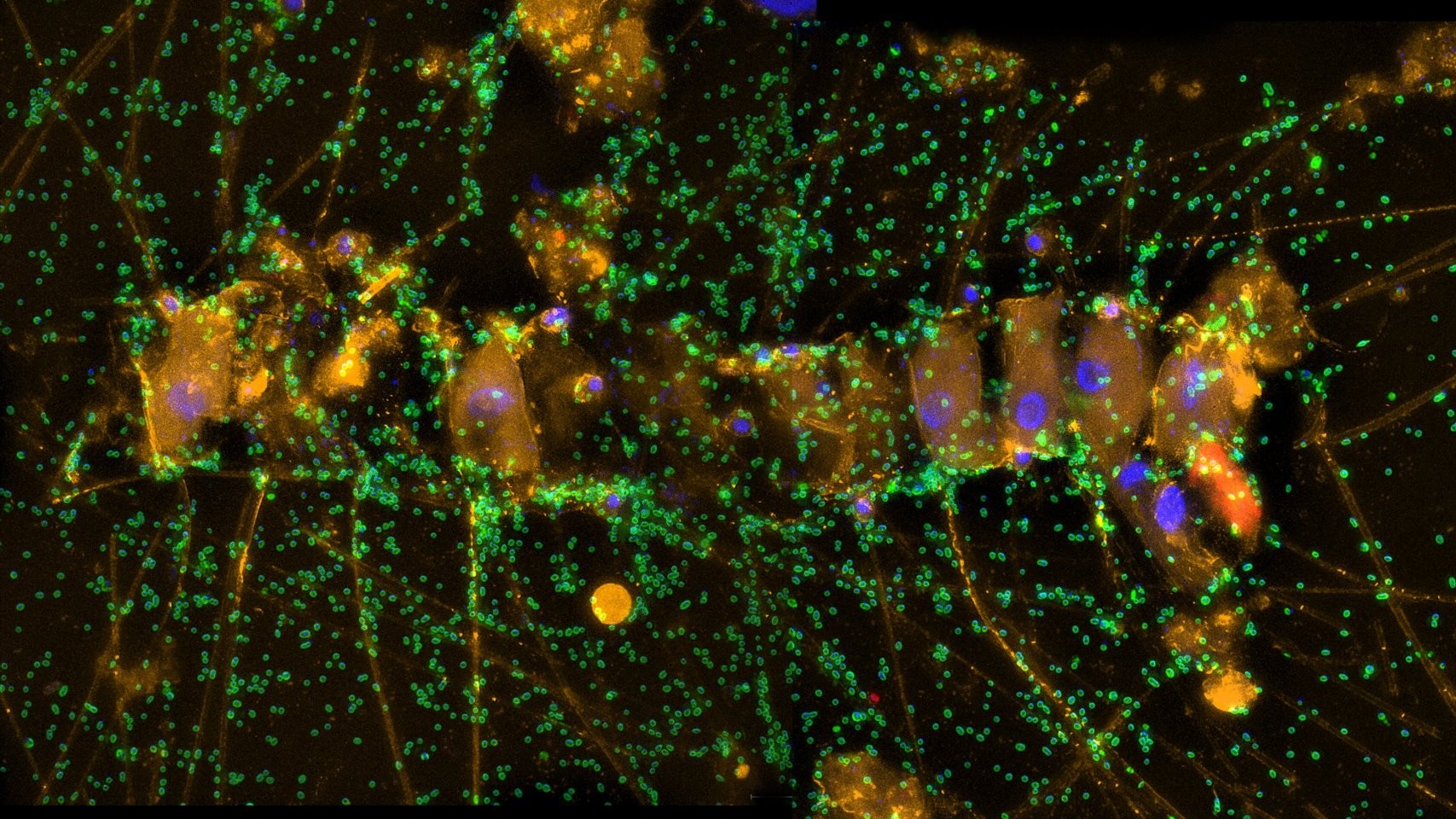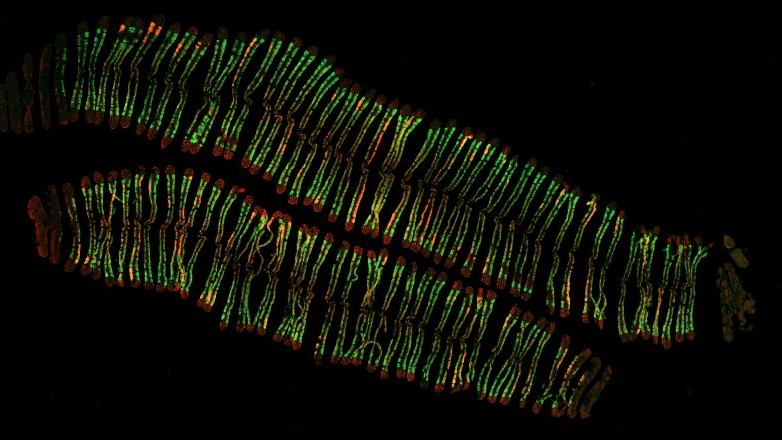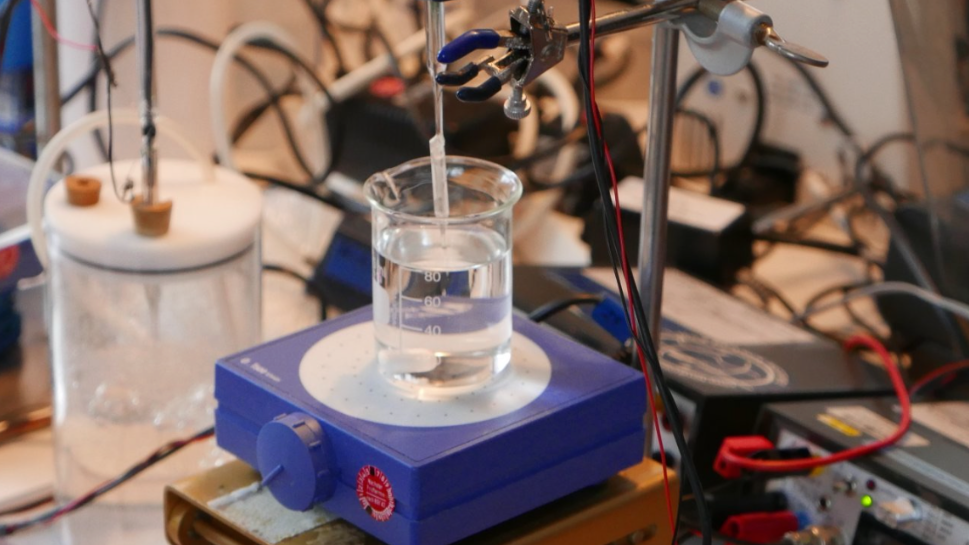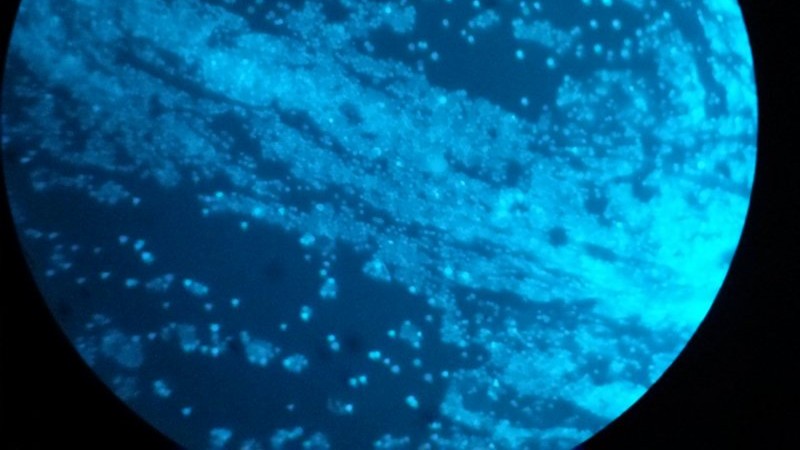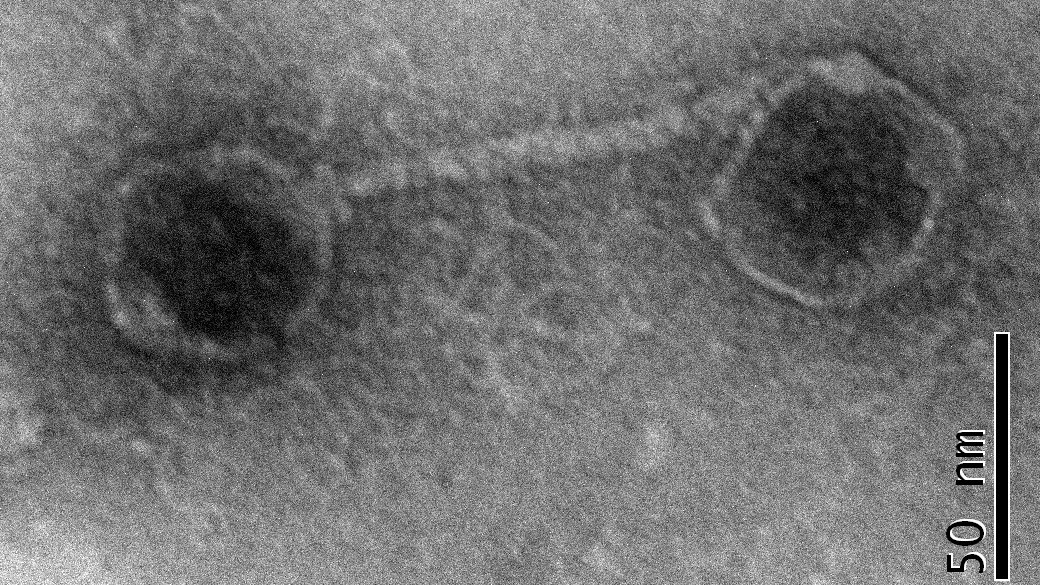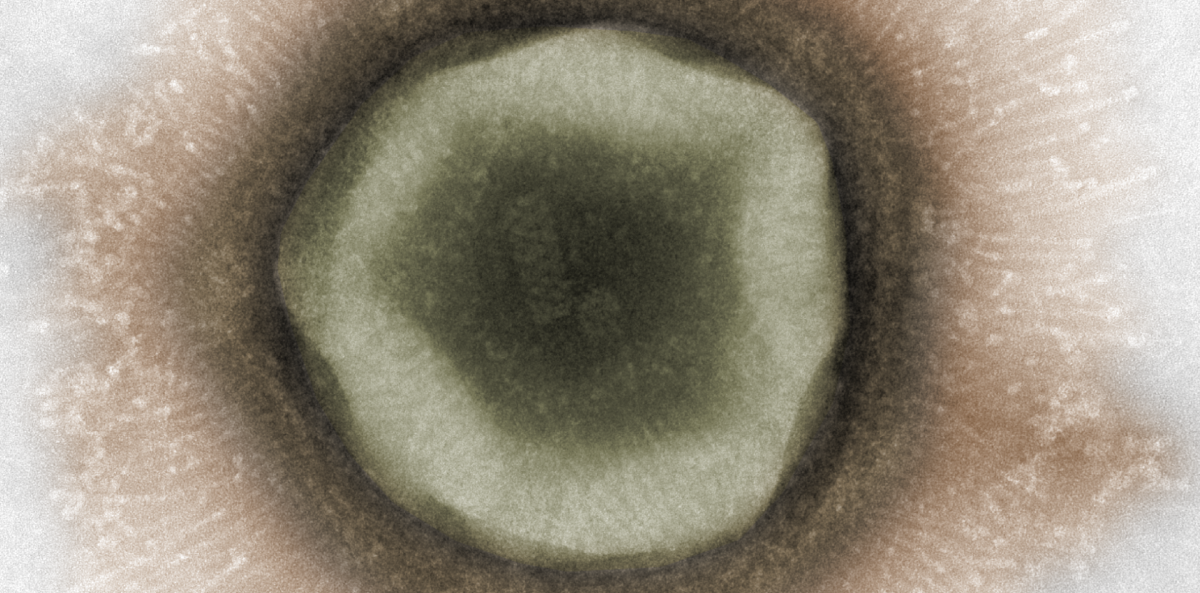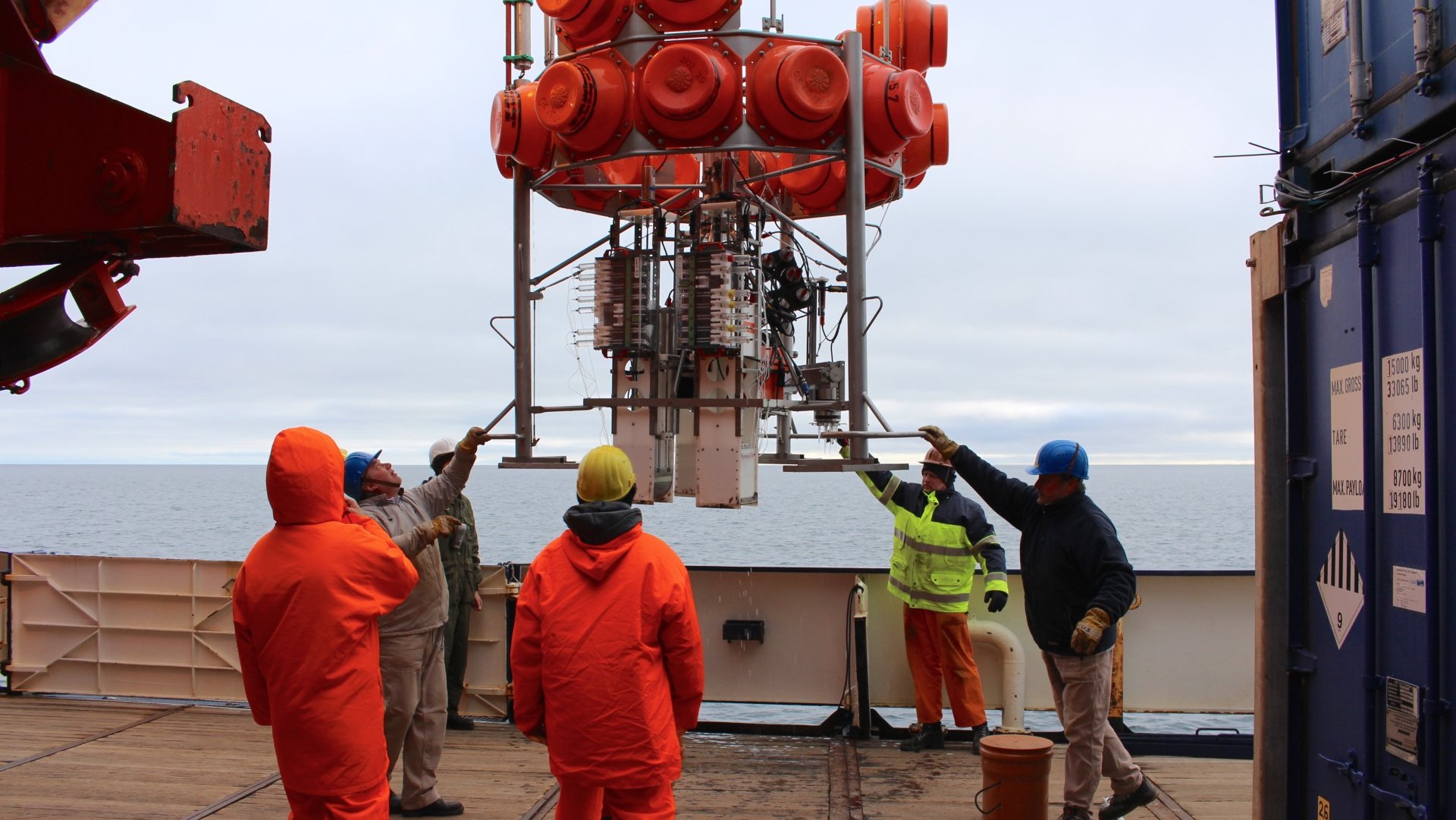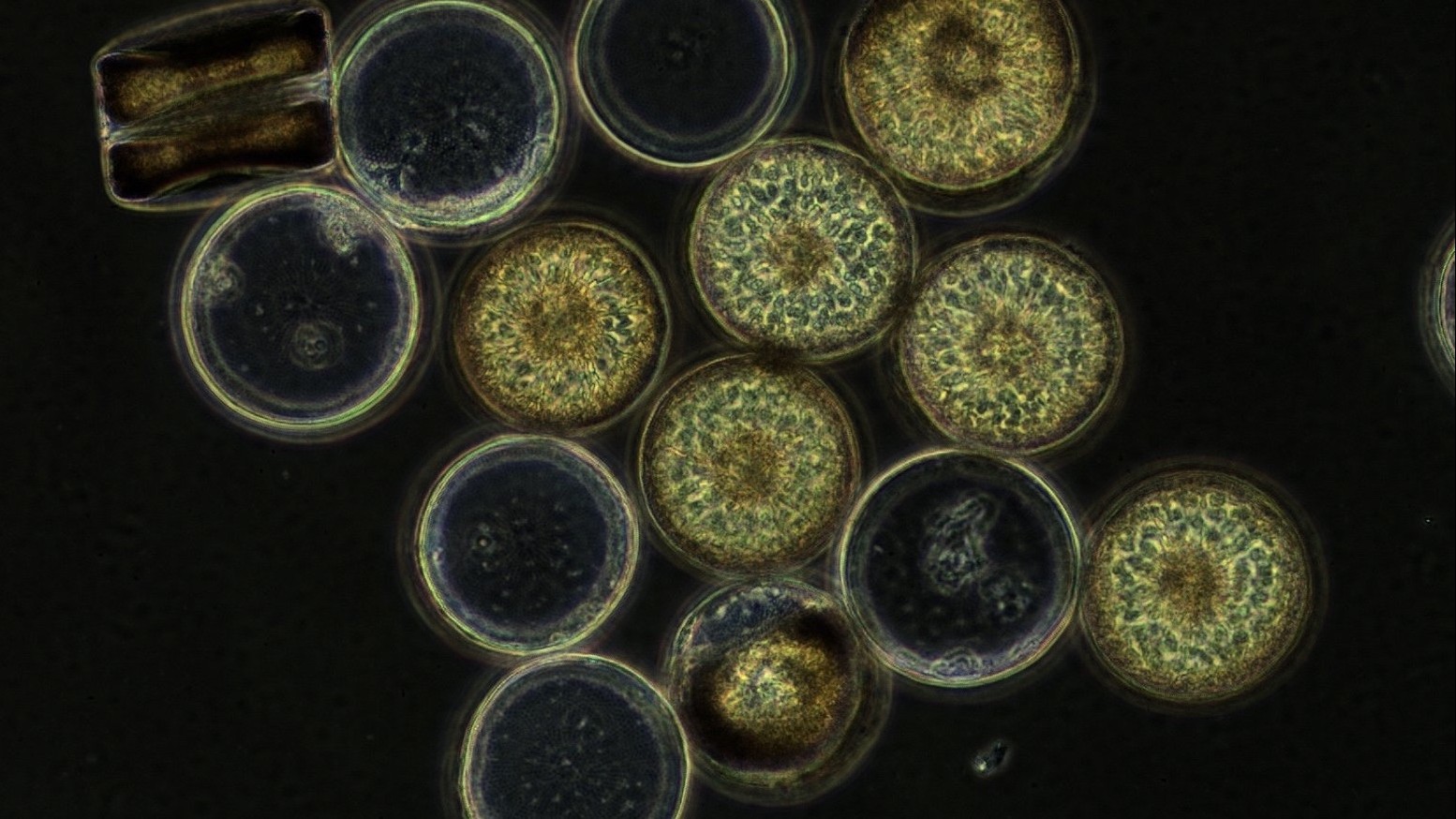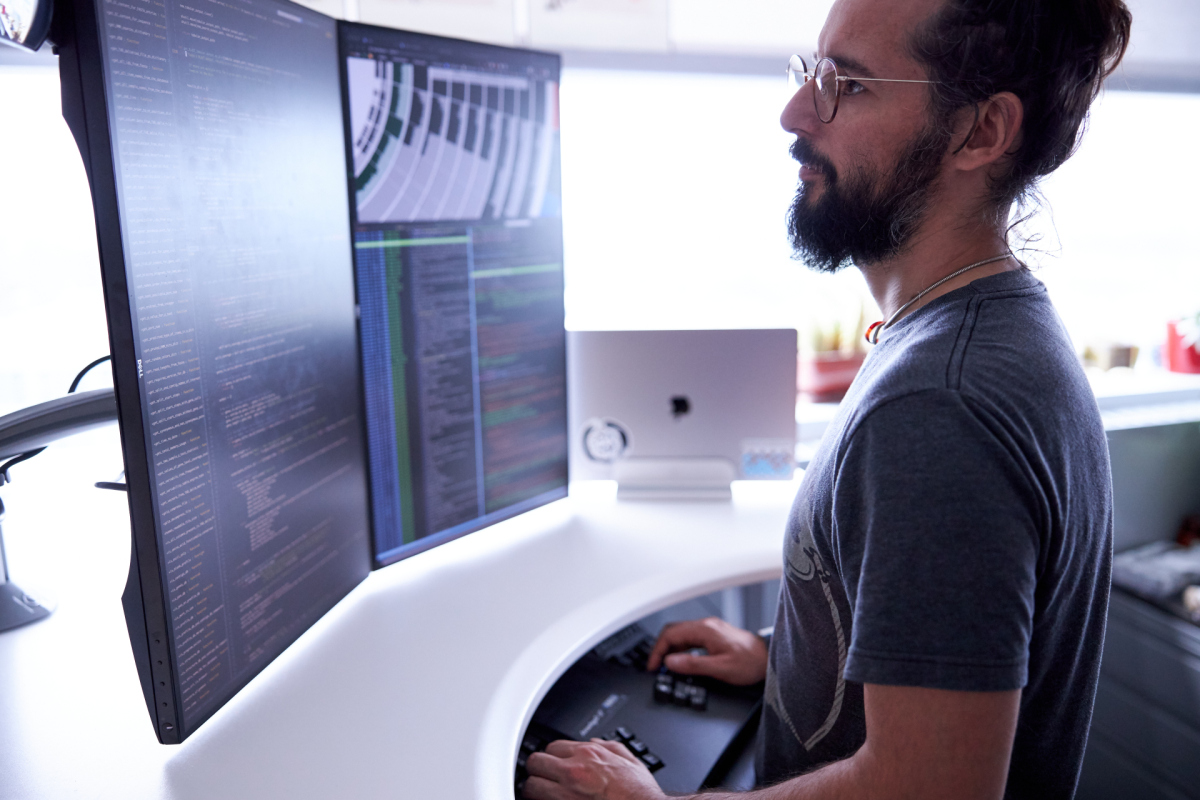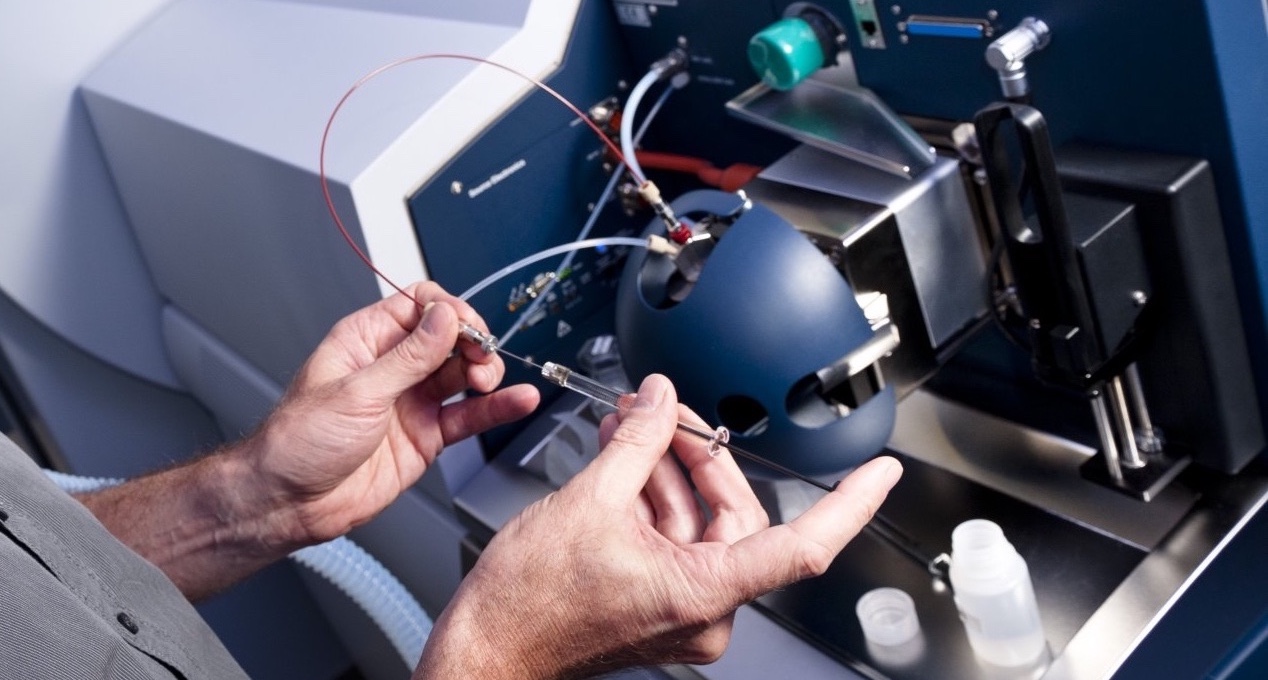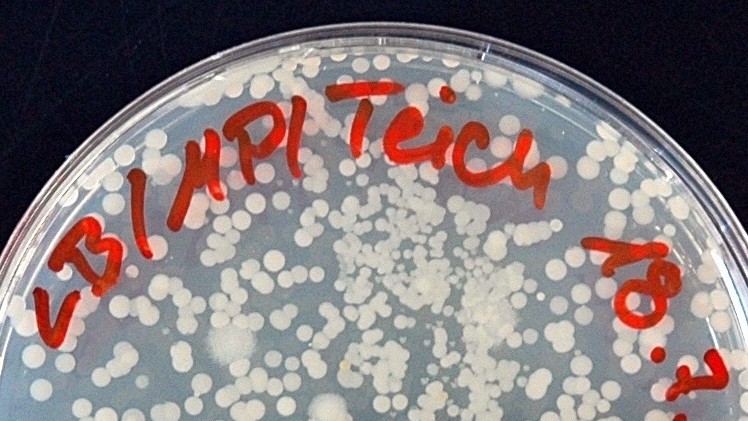- Departments
Departments
Department of Biogeochemistry
Research in the Department of Biogeochemistry led by Prof. Dr. Marcel Kuypers focuses on microbiological and geochemical processes that control bioactive element cycling in the marine environment. The researchers employ geochemical, microbiological, modeling, molecular, and single-cell techniques to study the environmental regulation of these processes and their effects on the global biogeochemical cycles. They aim to gain fundamental insights into microbially mediated processes ultimately affecting ocean chemistry, biology and our climate and provide vital input for models predicting potential future changes resulting from human activities.
Research Groups:
Biogeochemistry
Greenhouse Gases
Microbial Physiology
Department of Molecular Ecology
Research in the Department of Molecular Ecology led by Prof. Dr. Rudolf Amann covers various ecosystems, including benthic habitats - from coastal permeable sediments to deep sea hydrothermal vents and seeps – as well as pelagic environments – from the shelf to the open ocean. A special focus of this group lies on the North Sea and the Wadden Sea.
Research Groups:
Molecular Ecology Group
Flow Cytometry Research Group
Department of Symbiosis
The Department of Symbiosis, headed by Prof. Dr. Nicole Dubilier, studies the biology and ecology of tight associations between bacteria and eukaryotes. The main emphasis lies on marine invertebrates from chemosynthetic environments such as sulfide-rich coastal sediments, vents and seeps.
Research Group:
Metabolic Interactions
Microsensor Group
High-resolution studies of chemical microenvironments and metabolic processes by microsensors
-Development of 1 and 2D microsensing systems (electrochemical and fiber-optical microsensors and planar optodes.
The microsensor group headed by Dr. Dirk de Beer develops microsensors and applies these tools to answer scientific questions. The sensors are used in various research themes: studies of O, S and C cycling in microbial mats; the relation between complexity and stability of microbial ecosystems (mats); anoxygenic photosynthesis in modelsystems; calcification and respiration in deep-sea sediments; the N-cycle in freshwater sediments; the N and S cycle in biofilms.
Max Planck Research Group Microbial Metabolism
The Microbial Metabolism Group, headed by Tristan Wagner, aims to understand, at the molecular level, how methanogens are surviving and growing in extreme environments. How do they generate methane from different sources of carbon so efficiently? How do they convert minerals into the elementary bricks of life? And how do they protect themselves against stresses from their natural environment?
Max Planck Research Group Archaeal Virology
The Archaeal Virology Group, headed by Susanne Erdmann, investigates membrane vesicle formation in Archaea and the formation of plasmid vesicles and studies the interactions between membrane vesicles and viruses.
Max Planck Research Group Eco-Evolutionary Interactions
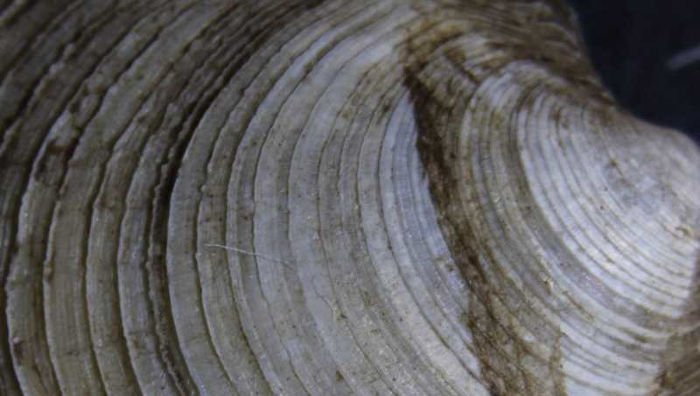
© Max-Planck-Institut für Marine Mikrobiologie/L. Wilkins
The Max Planck Research Group Eco-Evolutionary Interactions led by Dr. Laetitia Wilkins is studying how lucinid clams and their microbial partners adapted to diverging environmental conditions during a massive allopatric speciation event caused by the rise of the Isthmus of Panamá. Our motivation for doing research is to move from correlation to causation in studies of host-microbe evolution. As oceans undergo major changes due to human activities (for example ocean warming and acidification), understanding how animals and plants adapt to a changing environment is now more than ever one of the biggest questions in marine biology. To predict future responses, we can explore the past and use geological events, which provide valuable insights into adaptive mechanisms.
Max Planck Research Group Protist Virology
The new Max Planck Research Group Protist Virology was founded at our institute in January 2025. Under the leadership of Dr. Matthias Fischer, the researchers are investigating the biology of giant viruses and their parasites.
ERC Research Group for Ecological Genomics
The ERC Research Group for Ecological Genomics, headed by Dr. Luis Orellana, investigates the diversity, functions, and evolutionary interactions of marine microbes. Using advanced multi-omics and imaging techniques, we uncover the genetic foundations of microbial ecosystem processes, with a particular focus on bacteria involved in algal health and oceanic carbon sequestration.
HGF MPG Joint Research Group for Deep-Sea Ecology and Technology
The HGF MPG Joint Research Group for Deep-Sea Ecology and Technology, headed by Prof. Dr. Antje Boetius, focuses on the physical, chemical, geological, hydrological, and biological characteristics of the diverse microbial habitats. The goal of our research on “microbial habitats” is to understand niche formation, and to investigate regulatory mechanisms for the occurrence and distribution of microbial populations. This requires the development of a variety of in situ techniques, as well as experimental strategies to quantify the nature and variability of the habitat on different temporal and spatial scales.
This Joint Research Group combines the expertise of the Alfred Wegener Institute, Helmholtz Center for Polar and Marine Research (AWI) in Bremerhaven to conduct research in polar environments and to carry out long-term observations with MPIMM’s competence in the area of marine microbiology, the development of new molecular-biological methodologies, and in situ sensors.
MARUM MPG Bridge Group Marine Glycobiology
The MARUM MPG Bridge Group Marine Glycobiology, headed by Dr. Jan-Hendrik Hehemann, focuses on certain algal sugars, so called polysaccharides. These polysaccharides are very important in the marine carbon cycle. The massively influence how much carbon is stored in the ocean. Despite their relevance the structures of algal polysaccharides and their recycling by marine microbes remain a mystery. To shed light on this black box of the marine carbon cycle Hehemann and his group study the functional evolution of the bacterial enzymatic machines and how they process algal polysaccharides in the ocean.
HIFMB MPG Bridging Group for Marine Omics
The HIFMB MPG Bridging Group for Marine Omics, led by Prof. Dr. A. Murat Eren, is a cooperation with the Helmholtz Institute for Functional Marine Biodiversity and focuses on several emerging approaches of biology all carrying the suffix “-omics”, such as genomics, metagenomics, metatranscriptomics, pangenomics, or phylogenomics. Collectively these strategies enable detailed descriptions of the ecology and evolution of organisms in controlled environments or in their natural habitats through molecular surveys.
Emmy Noether Research Group for Organosulfur Cycling
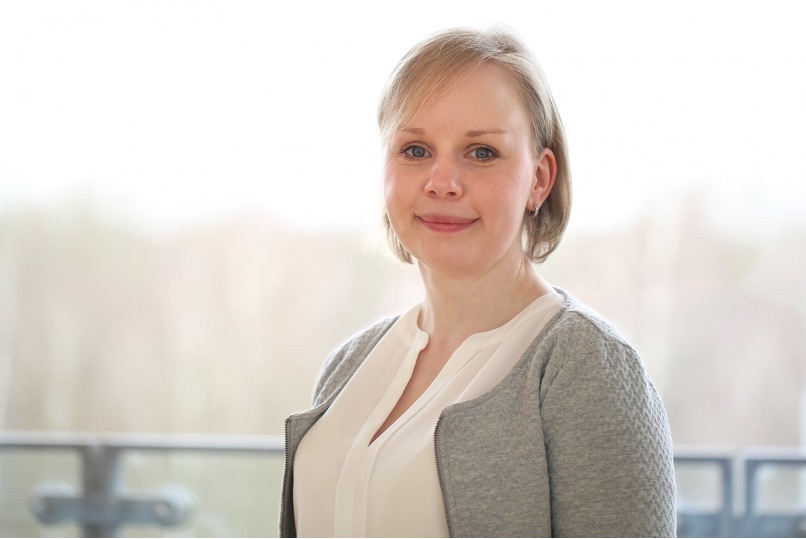
The Emmy Noether Research Group for Organosulfur Cycling, led by Dr. Eileen Kröber, focuses on organic sulfur compounds which are produced in our oceans and play an important role in climate regulation. These compounds are produced in large quantities in seagrass beds, mangroves and coral reefs – habitats where numerous worms and mussels obtain their nutrition with the help of symbiotic bacteria.
Minerva Fast Track Research Group for Marine Transmissible Cancers
The Minerva Fast Track Research Group for Marine Transmissible Cancers led by Dr. Alicia L. Bruzos investigates how cancer cells can become contagious and spread among marine bivalves. We combine fieldwork, molecular techniques, multi-omics, and experimental approaches to understand the ecological and evolutionary dynamics of these unusual cancers, which challenge our definitions of cancer and disease transmission.
ICBM-MPI Bridge Group Marine Geochemistry
The ICBM-MPI Bridge Group, headed by Prof. Dr. Thorsten Dittmar, is a cooperation between MPIMM and the Institute for Chemistry and Biology of the Marine Environment (ICBM, University of Oldenburg). It aims at a better understanding of global element cycles using molecular tools. A special focus lies on dissolved organic matter (DOM). Structure-function-relationships for DOM and other organic matter pools are required to understand the earth’s past and future. Recent progress in analytical chemistry has allowed the characterisation of DOM at the molecular level in unprecedented detail, allowing for new insights into its source and history.
Max Planck Research Group Marine Isotope Geochemistry
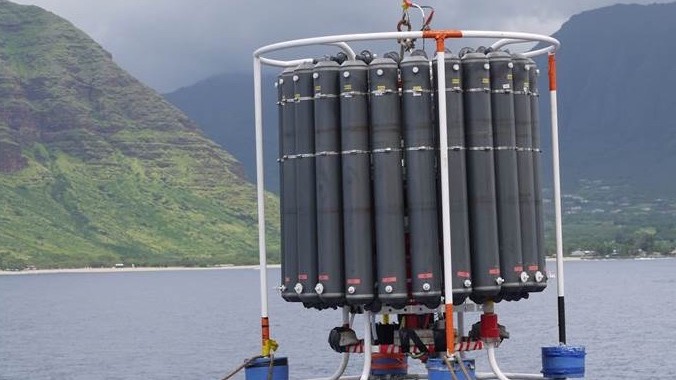
The Max Planck Research Group Marine Isotope Geochemistry, headed by Dr. Katharina Pahnke-May, is focused on the understanding of past and present processes and changes in the ocean and the climate system. Particular interest of this collaboration between MPIMM and the Institute for Chemistry and Biology of the Marine Environment (ICBM, University of Oldenburg) lies in trace elements and their isotopes in the ocean, as well as their role as tracers of present and past element input and fluxes, geochemical processes, internal cycling, and past ocean circulation changes.
Department of Microbiology
The Department of Microbiology, headed by Prof. Dr. Friedrich Widdel, investigates the physiology and diversity of aquatic bacteria from the cycles of carbon, nitrogen, sulfur and iron. Investigations usually include the isolation of bacteria and their study under defined conditions in the laboratory. Characterisation of enrichment and pure cultures is often combined with the analysis of ribosomal nucleic acids, which is carried out in collaboration with the Department of Molecular Ecology. One major project is the study of the anaerobic degradation of long-lived natural products such as hydrocarbons, mostly by denitrifying and sulfate-reducing bacteria. Furthermore, the physiology of naturally abundant forms of sulfur-oxidizing and sulfate-reducing bacteria is of interest.
